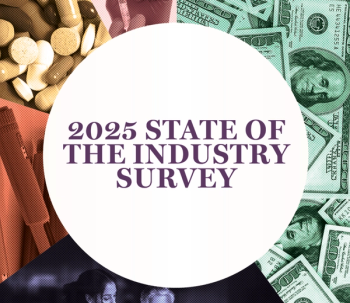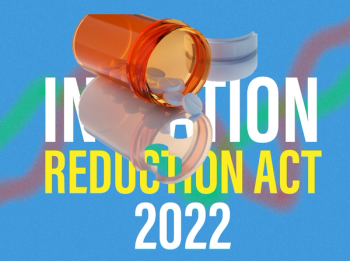
Rebates Play a Major Role in Whether Health Plans Restrict Access to Specialty Drugs | AMCP Nexus 2025
Key Takeaways
- Higher rebates reduce the likelihood of coverage restrictions, while higher net prices increase it, affecting patient access to specialty drugs.
- The study analyzed 6,688 payer decisions for 161 specialty drugs, revealing that 54% of coverage decisions included restrictions.
A study at AMCP Nexus 2025 reveals how drug rebates and net prices influence insurance coverage for specialty drugs, impacting patient access.
Medications with higher rebates may be less likely to face insurance coverage restrictions, while those with higher net prices could be more likely to be limited, according to a poster presentation shared at the annual AMCP Nexus conference analyzing 161 specialty drugs.
Specialty drugs, often used to treat complex conditions such as cancer or rare diseases, are among the most expensive treatments on the market. To make these drugs more affordable for payers, manufacturers typically offer rebates or negotiated discounts to pharmacy benefit managers (PBMs) and health plans.
However, the extent to which these financial incentives affect coverage decisions has remained unclear. Understanding how rebates and prices affect coverage is essential to improving patient access to high-cost therapies, according to study authors, who are associated with Tufts Medical Center.
Researchers conducted the study to evaluate how net prices, the price after discounts and rebates, shape health plan decisions about whether to restrict access to specialty drugs.
Using data from the SSR Health U.S. Brand Rx Net Pricing Tool and the Specialty Drug Evidence and Coverage Database, the team analyzed coverage information for all four quarters of 2023. They examined 6,688 payer decisions covering 161 specialty drugs and used a multivariate logistic regression model to determine which factors most strongly influenced whether drugs were covered with or without restrictions.
Coverage decisions were classified as either unrestricted, meaning the drug was covered for all FDA-approved uses, or restricted, which applied when plans required additional steps such as prior authorization or step therapy. Researchers looked at multiple factors, including rebate size, net price, drug type such as oncology or orphan drugs, route of administration, number of approved indications, competition and time since FDA approval.
The study revealed a median net price of $48,700 per drug and a median rebate of $29,400, equivalent to an average discount of 28% off the list price. Among all coverage decisions, 54% included at least one restriction. Drugs with higher net prices, above $166,400, were more than twice as likely to face restrictions compared with those with lower prices, under $20,800. In contrast, drugs offering higher rebates, above $47,900, were significantly less likely to be restricted.
According to The Commonwealth Fund,
At the same time, PBMs’ financial incentives, the way they set prices and their ownership of pharmacies can make it harder for patients to access drugs or make them more expensive, showing the need for clearer and more open rebate and coverage rules.
Certain types of drugs analyzed in the study were also less likely to face restrictions. These included oncology drugs, orphan drugs, drugs with expedited FDA approval, self-administered drugs and those intended for later-line treatment. Older drugs and those in crowded therapeutic classes were more commonly restricted.
The authors noted that these findings highlight the strong influence of rebates and pricing negotiations on payer behavior, factors that can be invisible to patients and policymakers. While rebates can balance out high list prices, they may also misalign coverage decisions and reduce transparency in the healthcare system.
The study’s strengths include its use of two national databases and its focus on both list and net prices, a combination rarely available. However, the authors acknowledged that the analysis did not include Medicare or Medicaid plans and relied on estimated rebate data rather than directly observed transactions.
The researchers expressed that greater transparency in rebate and pricing negotiations is crucial to promote equitable access to specialty drugs and to ensure affordability for patients across health plans. They suggested that policymakers and payers should examine PBM practices, including formulary management and rebate distribution, to better align financial incentives with patient access and overall healthcare value.
Newsletter
Get the latest industry news, event updates, and more from Managed healthcare Executive.





















































